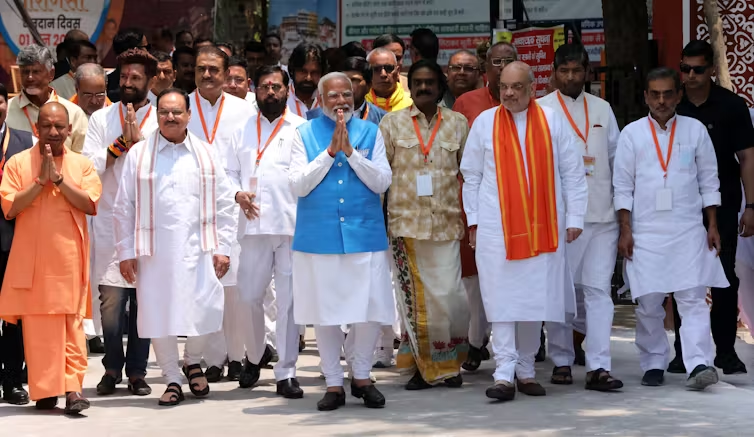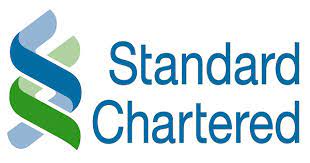 Moon Desk: Narendra Modi’s right-wing Bharatiya Janata Party (BJP) has resorted to religious polarisation as it tries to rally its Hindu nationalist base in India’s ongoing general election, which ends on June 1.
Moon Desk: Narendra Modi’s right-wing Bharatiya Janata Party (BJP) has resorted to religious polarisation as it tries to rally its Hindu nationalist base in India’s ongoing general election, which ends on June 1.
Just days after voting started last month, the leading opposition party accused Modi of using hate speech when he called Muslims “infiltrators” at a campaign rally.
He also repeated a conspiracy theory that Muslims would someday outnumber India’s majority Hindu population by having more children. If the opposition Congress returns to power, he added: Congress party has made no such commitments. But this claim has been repeated by BJP politicians during the campaign and featured in a video on the party’s Instagram account.
Many argue Modi’s openly anti-Muslim speeches reflect a sense of nervousness about the opposition gaining traction in the election. But there is no denying the fact the BJP has successfully created a perception of invincibility around itself. Why has it long had such a powerful image despite widespread economic distress?
To understand this, we need to look a bit closer at the history of right-wing populism in India.In my research; I have studied the way the modern “Hindu nation” has been constructed. In my view, there is a three-layered pyramid underpinning Modi’s popularity.
India’s centuries-old caste system serves as the base. This system survives on a principle of exclusion for the so-called lower castes and minorities.The second layer is the RashtriyaSwayamsevakSangh (RSS), the ideological mentor of the BJP. A Hindu nationalist paramilitary organisation, it was founded in 1925 as part of a movement to unite all Hindus.
On the topmost tier is Modi’s personality cult. The social legitimacy of Modi’s government is drawn from the base upwards, while the commands for his political project come from the top down.
The RSS plays an important role in this structure. It reinforces the cult of Modi by invoking Hindu scriptures and depicting him as the great redeemer of the Hindu religion. And the lower castes serve as the foot soldiers to do the RSS’s bidding.Once considered a fringe group, the RSS and its ideology started to be accepted into mainstream Indian politics in the 1970s.
The BJP, in particular, needed the massive network of RSS cadres to mobilise Hindu voters. Even BJP candidates get selected based on feedback from RSS workers at the grassroots level.Since coming to national power in 2014, the BJP has ensured that vice chancellors and professors appointed to public universities and universities in BJP-ruled states have come from the RSS.
And the organisation has penetrated almost every aspect of Hindu society. It runs a vast network of around 12,000 schools across the country, with more than three million students. These schools promote Hindu majoritarian values.
Textbooks are being revised at other schools with visible influence of the RSS. Darwin’s theory of evolution, a chapter on democracy and references to the 2002 Gujarat riots have been removed, for instance, as well as a chapter on the Mughals – the powerful Muslim dynasty that ruled India for three centuries.







